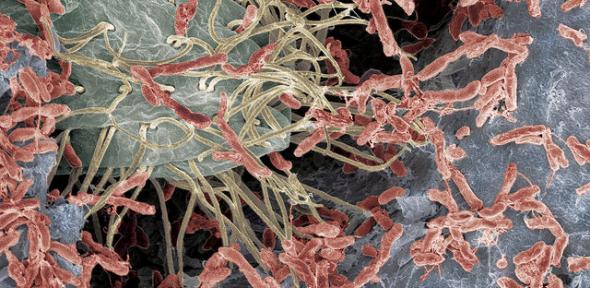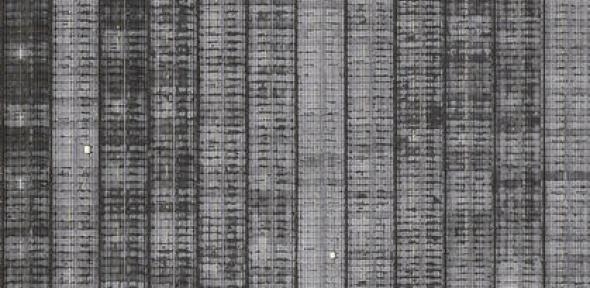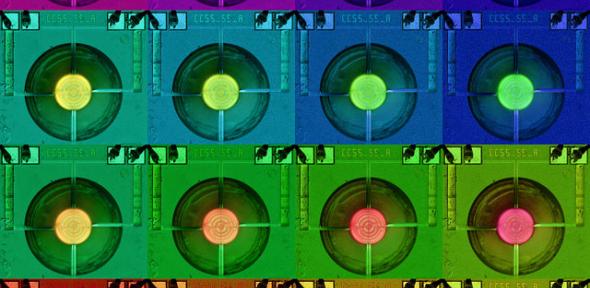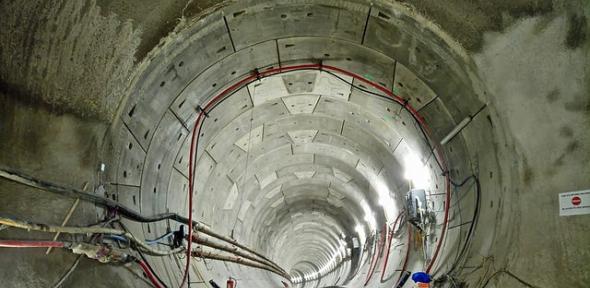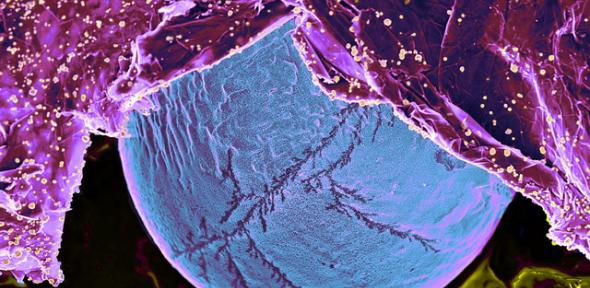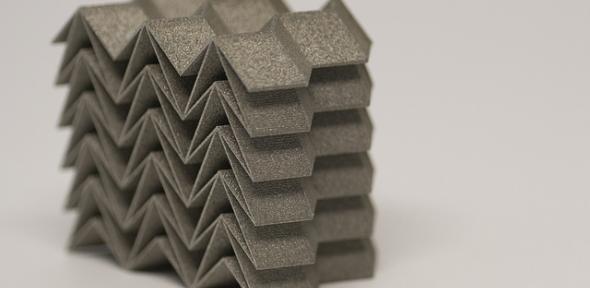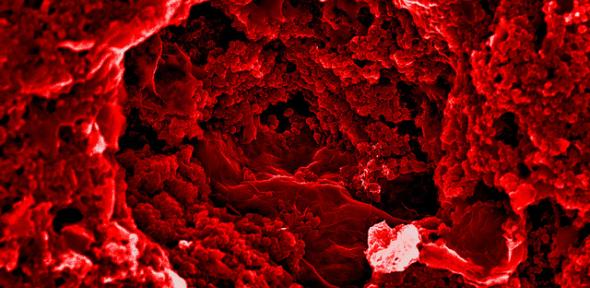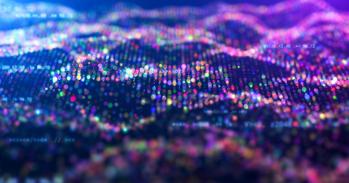
It could be a crystal ball from a mythical age showing the swirling mists of time, but James Macleod’s image, which has won this year’s Department of Engineering Photography Competition, actually shows graphene being processed in alcohol to produce conductive ink.
It could be a crystal ball from a mythical age showing the swirling mists of time, but James Macleod’s image, which has won this year’s Department of Engineering Photography Competition, actually shows graphene being processed in alcohol to produce conductive ink.
These photos show how some scientific applications and processes can convey stark beauty
Philip Guildford
Graphene is a sheet form of carbon that is a single atom thick, which can be produced by successively peeling thin layers off graphite using tape until an individual atomic layer is left. In the ink produced here, powdered graphite is mixed with alcohol then forced at high pressure through micrometre-scale capillaries made of diamond.
This was the first time that Macleod, a 32 year old technician at the Department, had entered the competition. His is one of more than 140 images that showcase the breadth of research taking place there.
The competition, sponsored by ZEISS, international leaders in the fields of optics and optoelectronics, has been held annually for the last 12 years. The panel of judges included Roberto Cipolla, Professor of Information Engineering, Dr Allan McRobie, Reader in Engineering, Professor David Cardwell, Head of Department, Dr Kenneth Png, Senior Applications Engineer at Carl Zeiss Microscopy and Philip Guildford, Director of Research.
Second prize went to Toby Call for his photo showing bacteria on a graphene coated carbon foam anodic surface. The bacteria (shown in red) produce conductive nanowires to connect to the surface. Also captured in the top left of the image is a ciliate (tiny protozoan) which either feed on the abundant electricity producing bacteria, or compete for resources.
Simon Stent was awarded third prize for an image showing a 2-km map of a power tunnel network in London. Due for completion in 2018, the network will channel up to six 400 kV electricity cables underground, doubling power capacity to the city. The image was captured and processed by a low-cost robotic device. Each of the 12 columns in the image spans a distance of 170 metres and shows the full 360 degree tunnel circumference unwrapped.
Mr Guildford says: "This year’s entries form yet another collection of incredible images that offer us an insight into the varied world of engineering. These photos show how some scientific applications and processes can convey stark beauty. From tiny particles and microscopic images, to sections of tunnel on the Crossrail project in London, these photos represent the full spectrum of engineering."
Some of the images submitted to the competition are tiny, and can only be viewed properly through a microscope, while others are on a much grander scale. Behind them all lies a passion for the subject matter being studied by the photographer.
The winning images can be viewed online via the Department's Flickr pages, where they can be accessed alongside dozens of other entries.

The text in this work is licensed under a Creative Commons Attribution 4.0 International License. For image use please see separate credits above.


